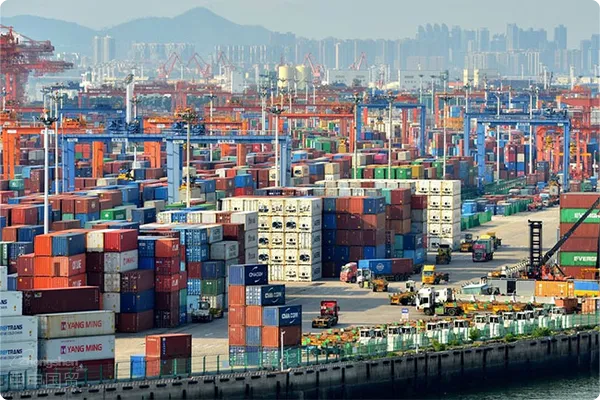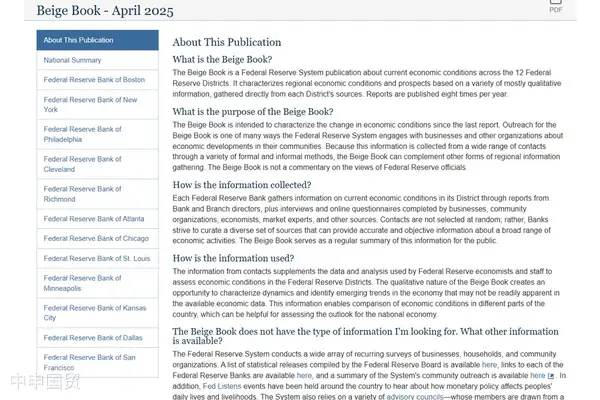- Shanghai Zhongshen International Trade Co., Ltd. - Two decades of trade agency expertise.
- Service Hotline: 139 1787 2118

Evolution of Global Kitchen Equipment Trade Patterns
The global commercial kitchen equipment market is projected to exceed $82 billion by 2025, with China maintaining 12% compound annual import growth as the worlds largest food machinery exporter. Notably, the EUs newly implemented EN 1672-5 food safety standards and North Americas UL 197 commercial equipment certification system create new technical barriers, requiring special attention to material corrosion resistance and energy efficiency ratings.
Three Key Battlegrounds in the Import Process
Battleground 1: Commodity Classification Strategies
- 12% tariff difference between food processing equipment and cooking equipment
- Case: Commercial dough mixers with cutting function (HS 8438.20) have 5% lower tariffs than ordinary mixers (HS 8509.40)
- New smart temperature control modules in 2025 require separate declaration (HS 9032.89)
Battleground 2: Precise Tariff Cost Calculation
- Application of China-US agreement rates vs. MFN rates
- Commercial dishwashers have 9% base rate but may drop to 3% if meeting origin rules
- ASEAN certificates can reduce VAT by 14%
Battleground 3: Special Equipment Compliance Risks
- Pressure vessel equipment must obtain ASME certification
- From 2025, CE certification must include energy efficiency labels in EU
- US importers must pre-register FDA food contact material certification
The Golden Balance Between Clearance Speed and Cost
China Customs 2025 two-stage declaration reform allows preliminary declarations using bill of lading information. Example for importing German combination steam ovens:
- Preliminary declaration stage: Completes 95% of clearance procedures
- Full declaration deadline: Within 14 days after goods arrive at port
- Port demurrage savings: 40% reduction compared to traditional models
Value Anchors of Professional Agency Services
ExperiencedImport RepresentationThree major mechanisms to ensure transaction security:
- Risk prediction system: Identifies 1200+ customs parameter anomalies in advance
- Tariff planning solution: Uses RCEP accumulation rules to reduce compliance costs
- Emergency response network: Real-time customs clearance coordination across 42 ports nationwide
When facing discrepancies in nameplate information for imported Italian pizza ovens, professional agents can complete technical document corrections within 48 hours, avoiding administrative penalties of 15% of the goods value. This rapid response capability is precisely the core competitiveness of modern kitchenequipment. For example, Indonesia has the SNI certification, Thailand has the TISI certification, and the Philippines has the BPS certification. It is necessary to confirm in advance the equipment voltage (such as 380V/50Hz in Thailand), the compatibility of the CE certification, and the proof of environmentally friendly materials.equipment.
Related Recommendations
Core Business
Contact Us
Email: service@sh-zhongshen.com
Related Recommendations
Contact via WeChat

? 2025. All Rights Reserved. Shanghai ICP No. 2023007705-2  PSB Record: Shanghai No.31011502009912
PSB Record: Shanghai No.31011502009912









